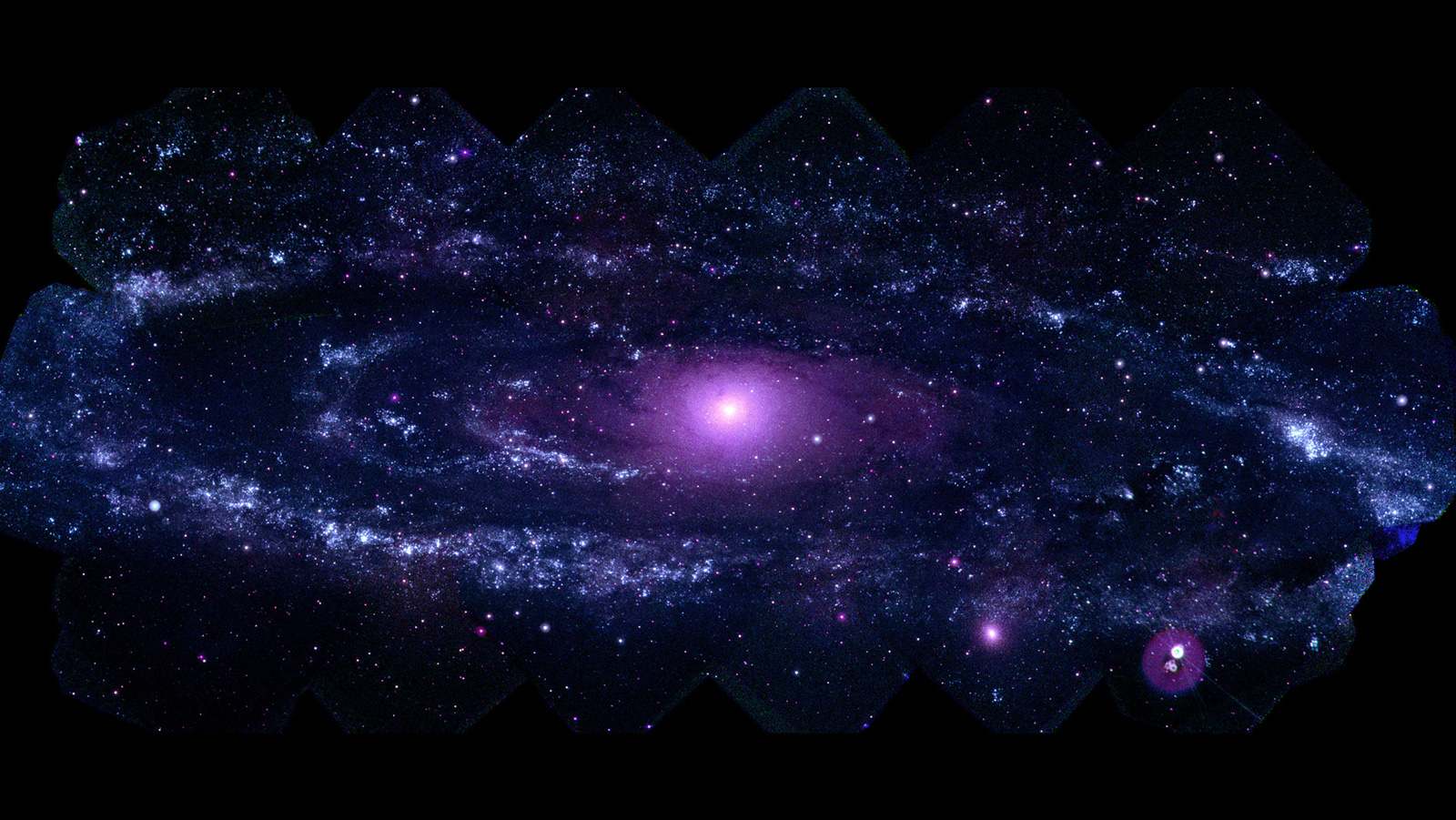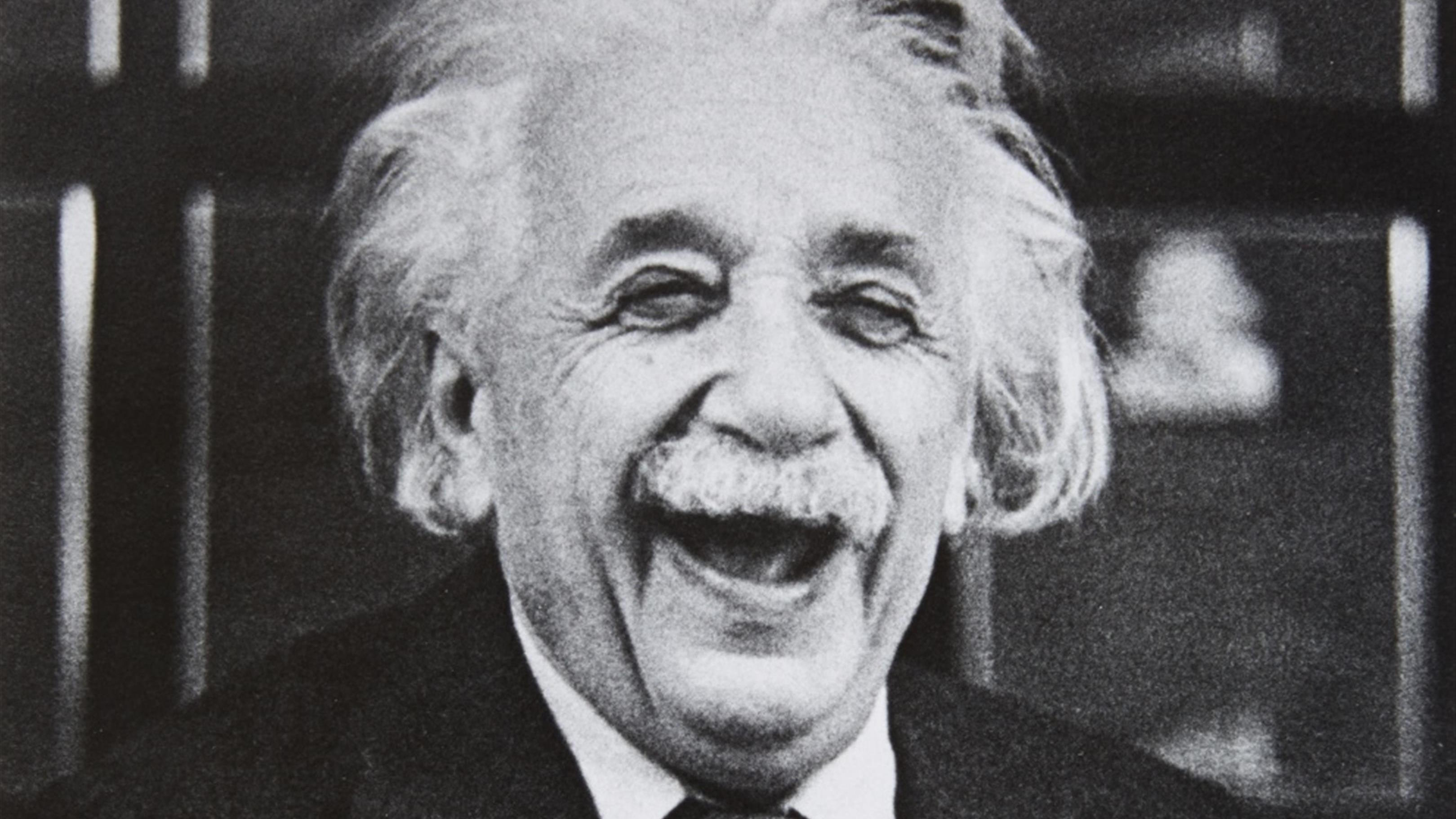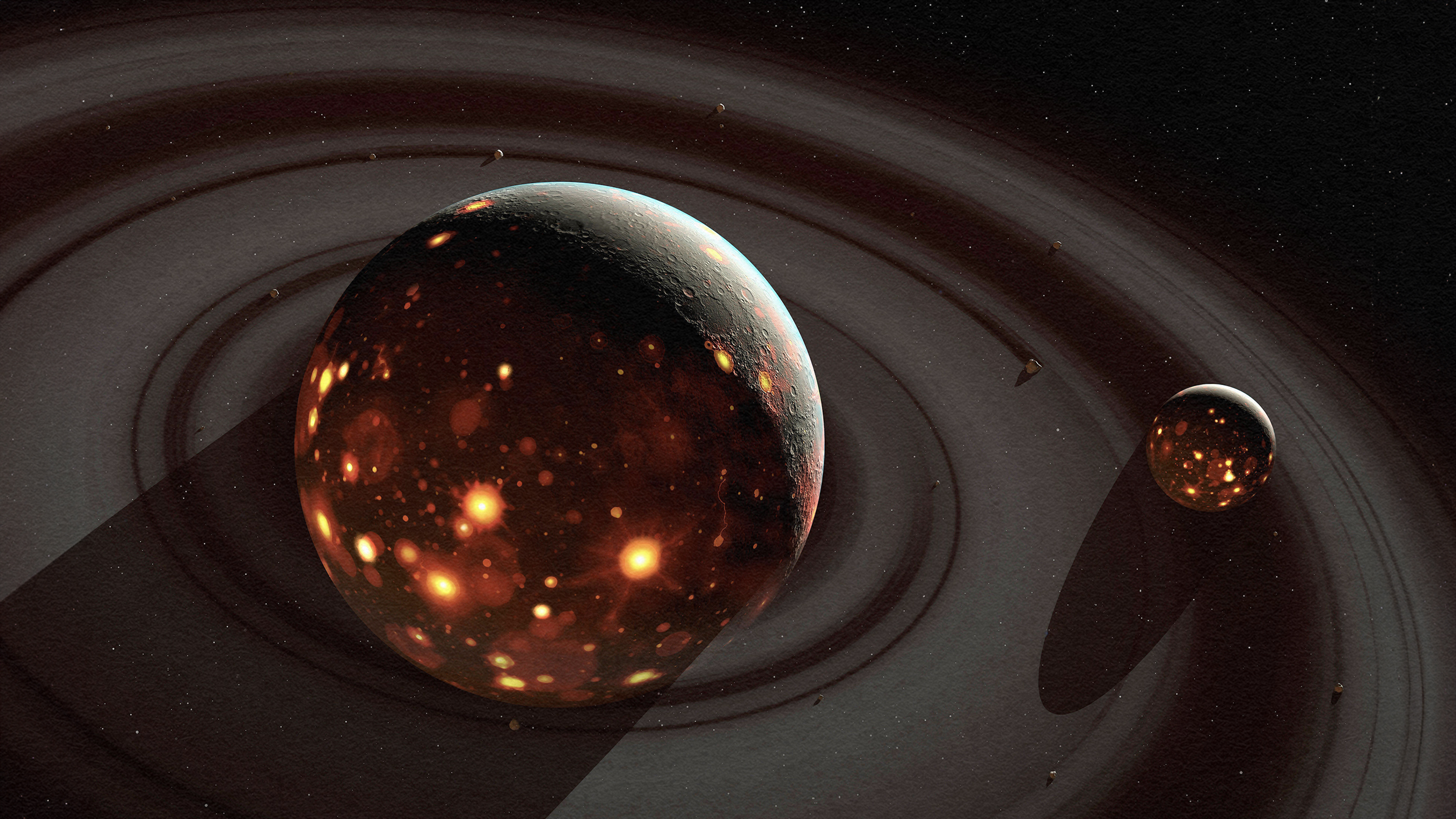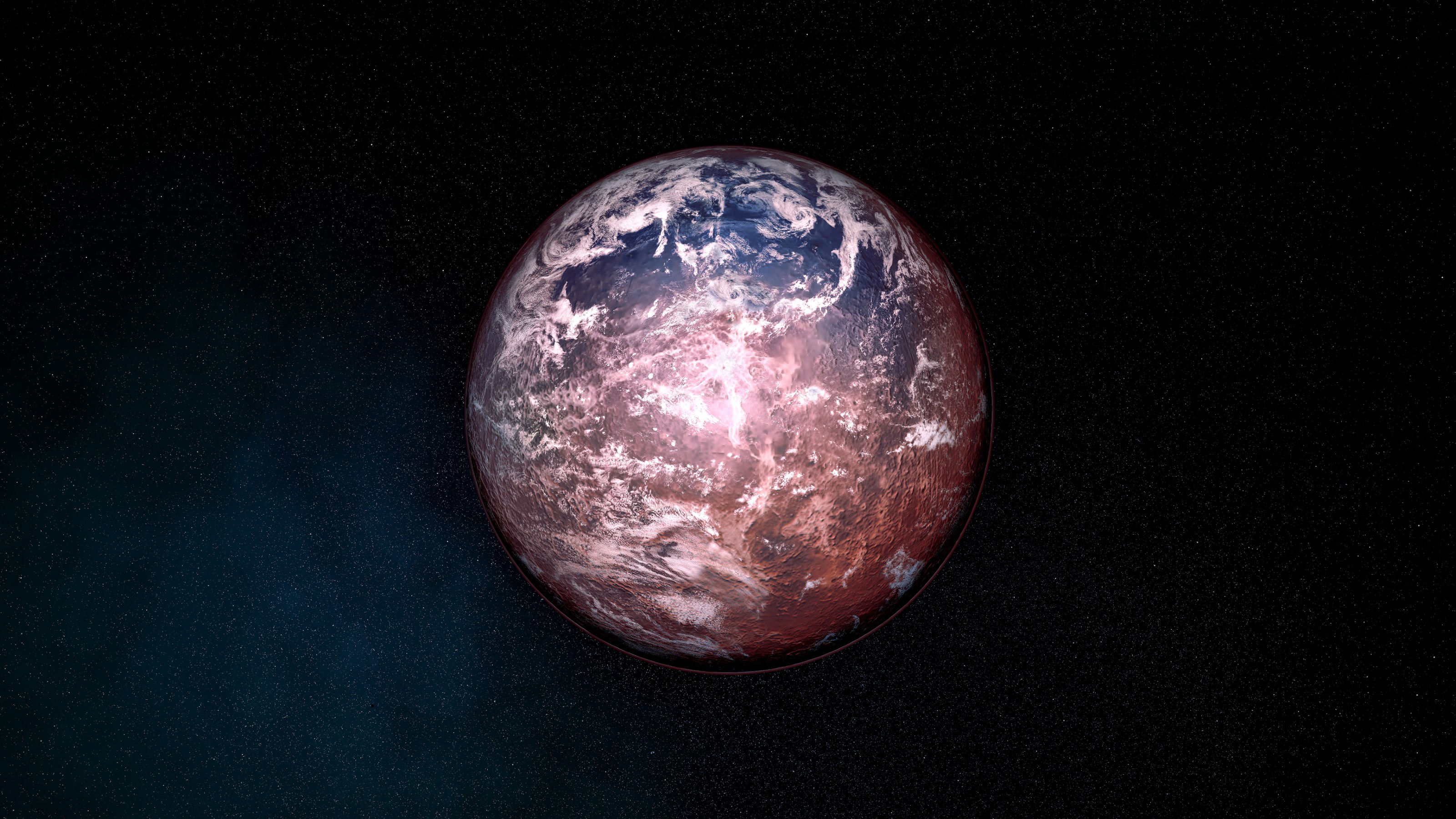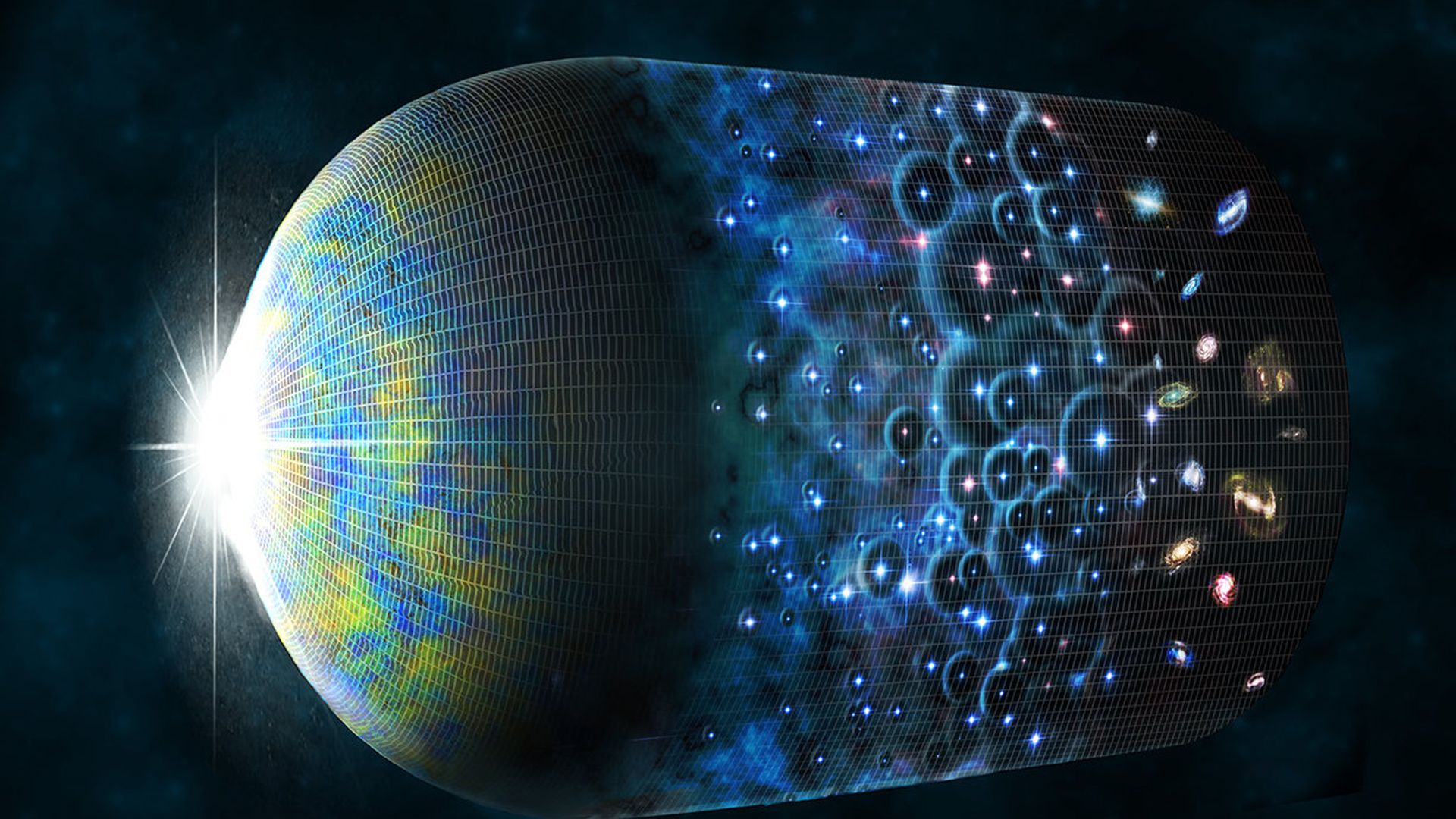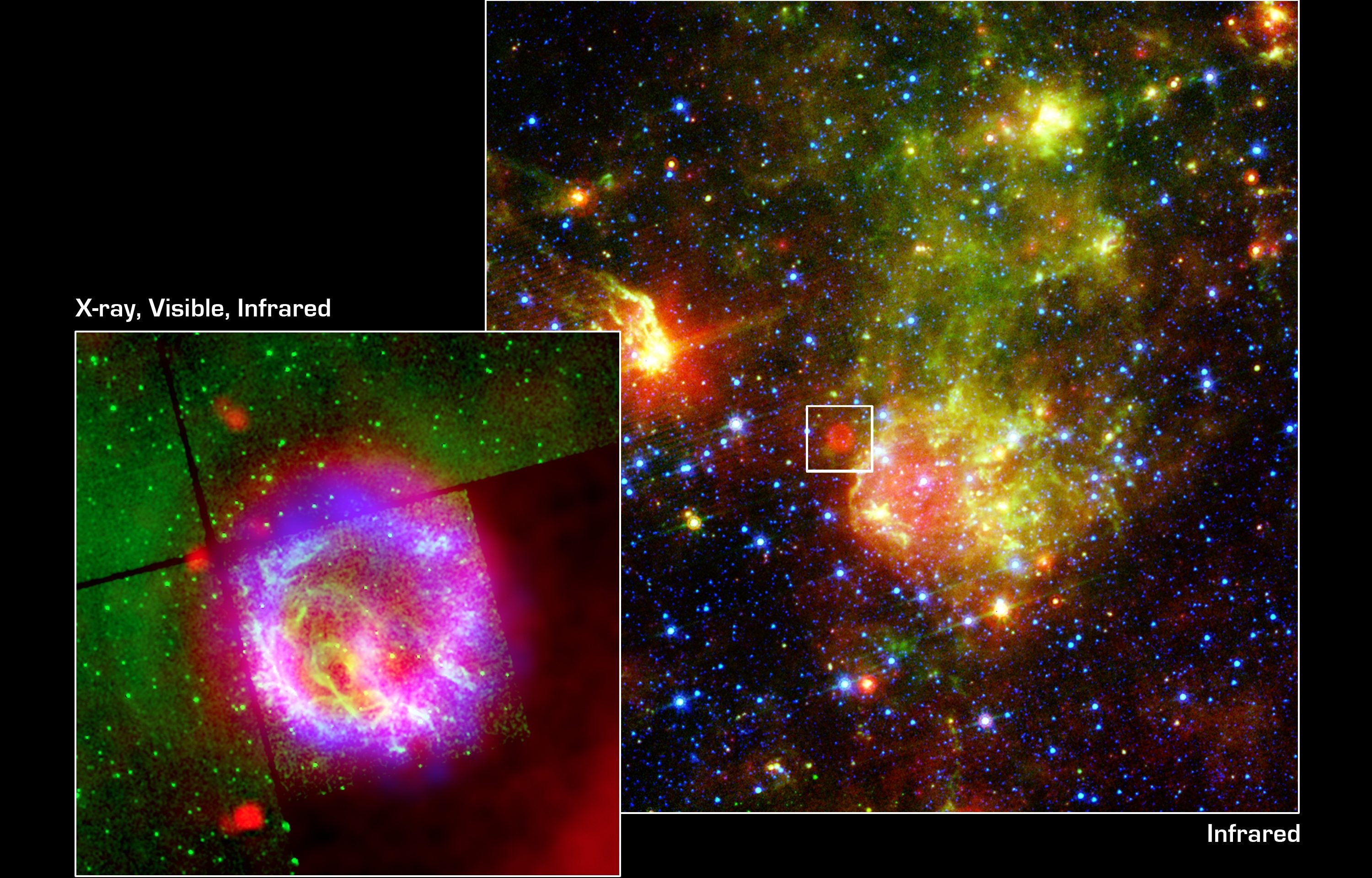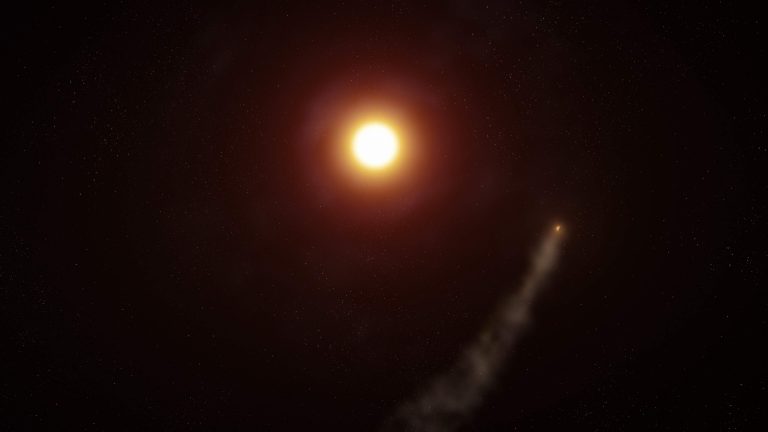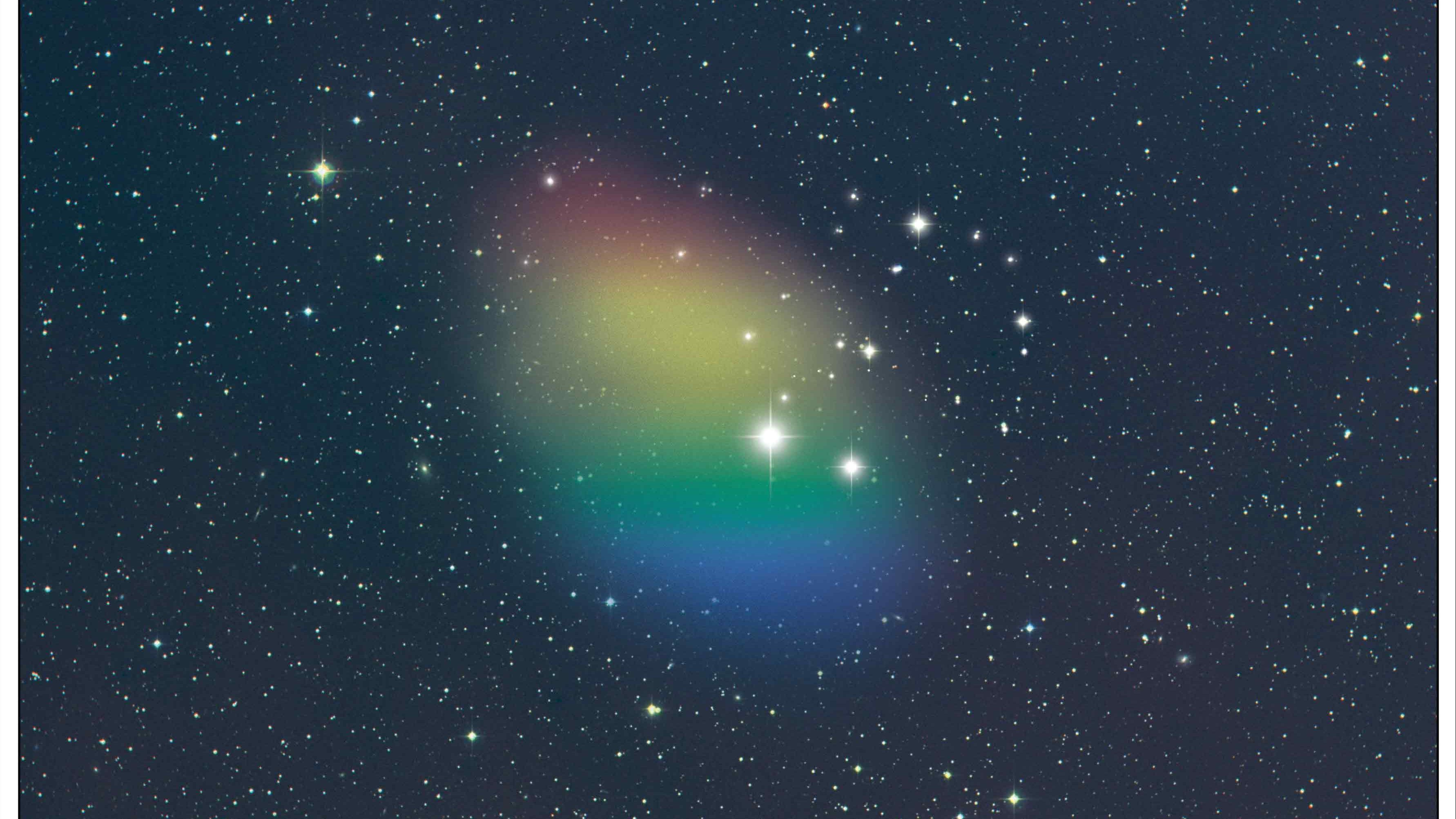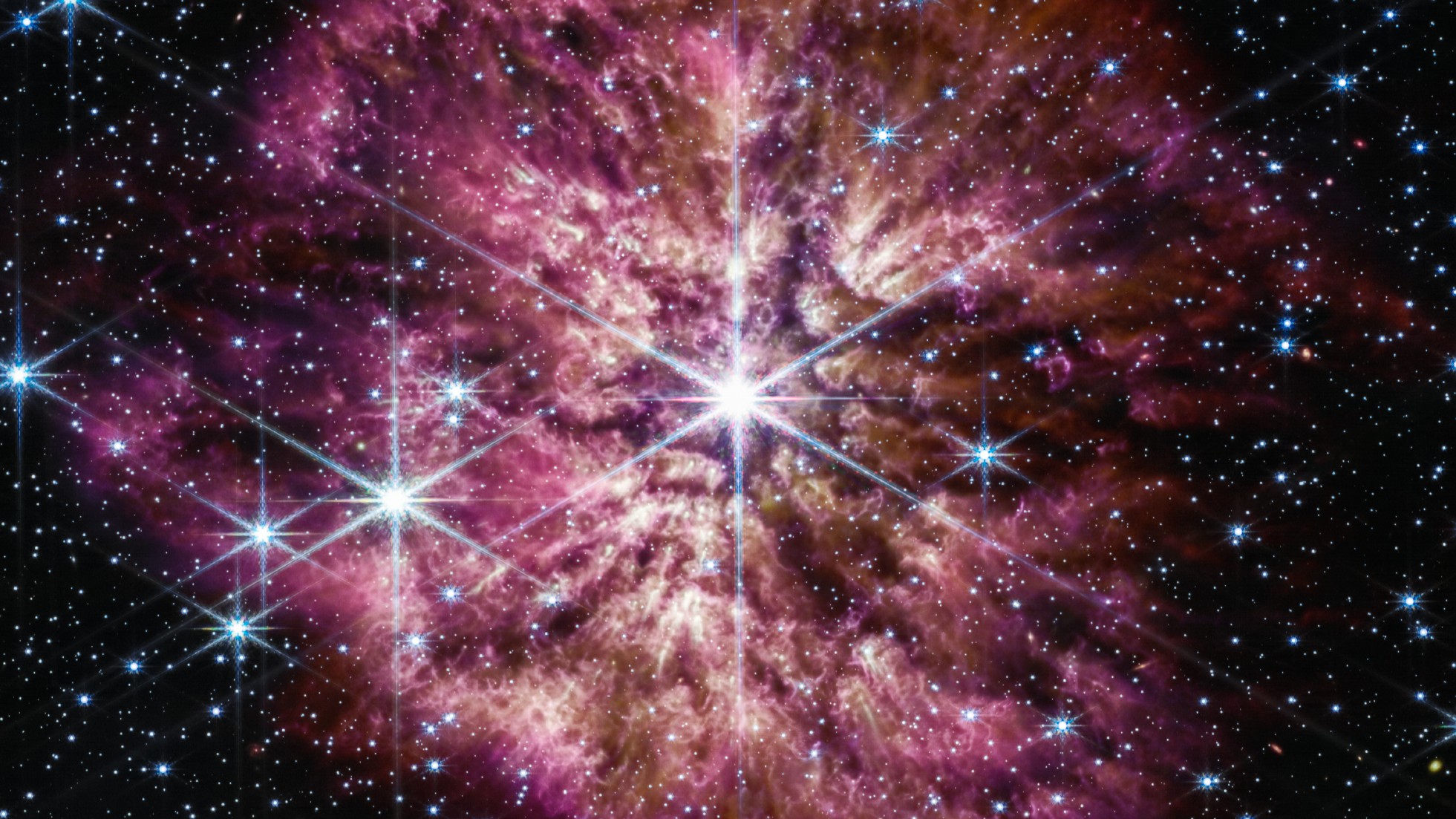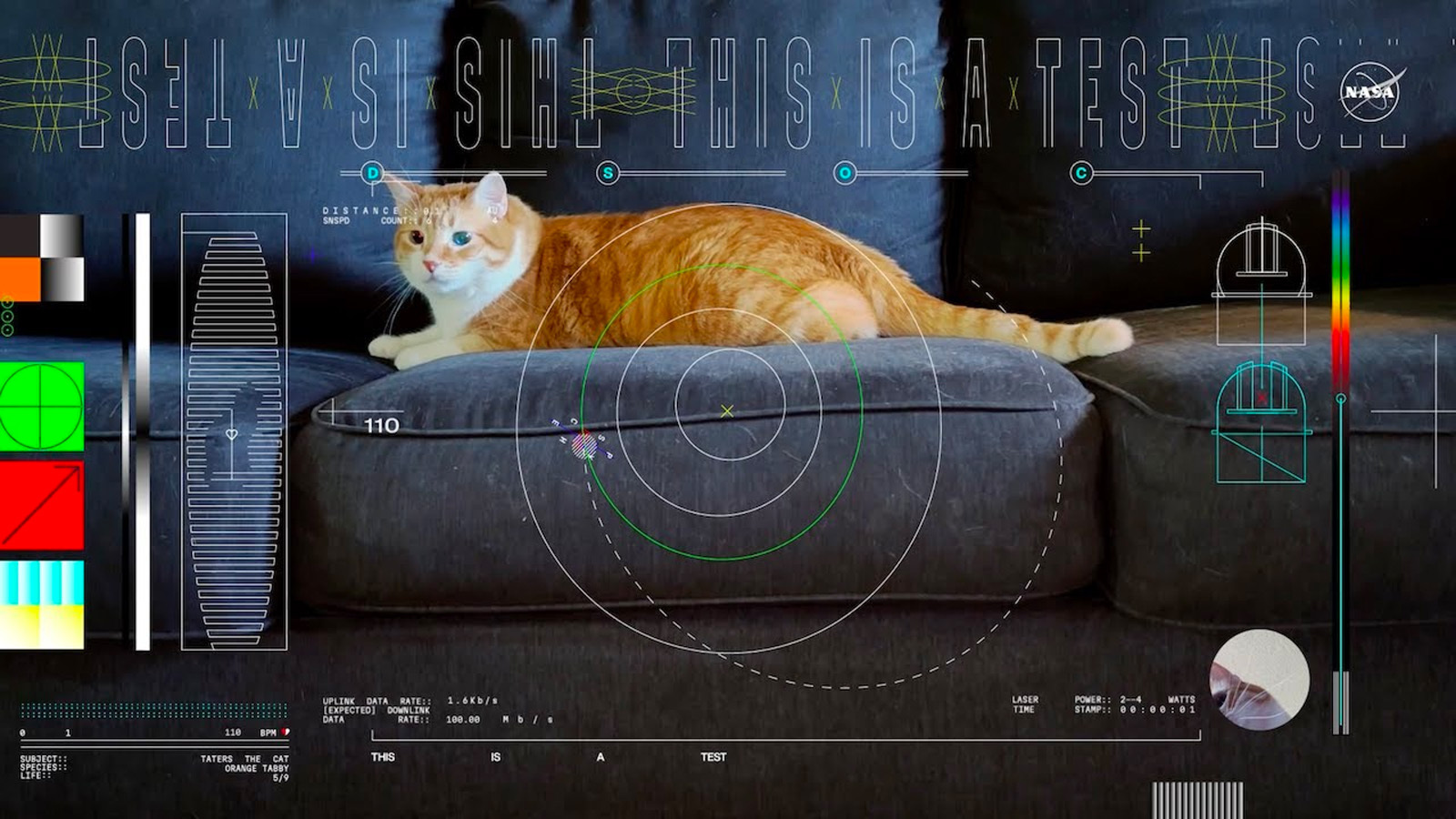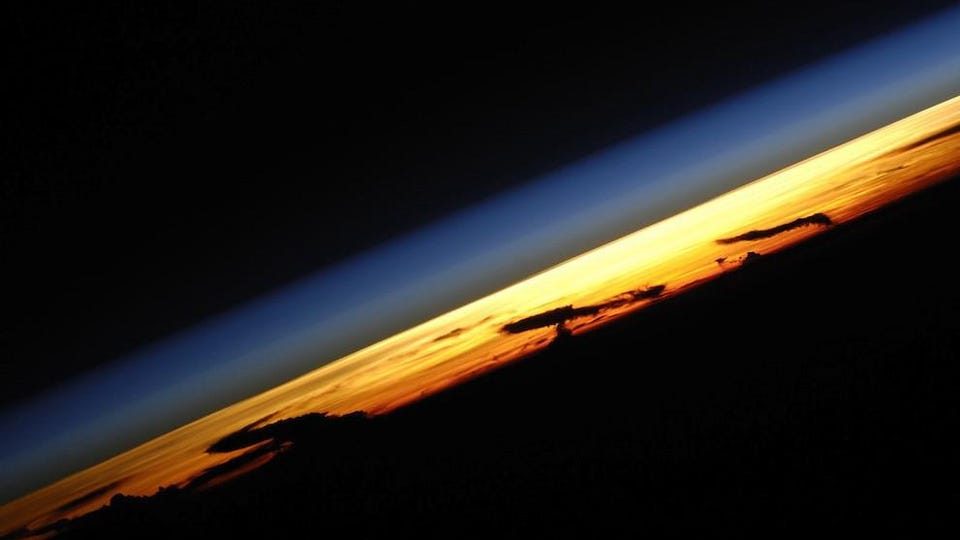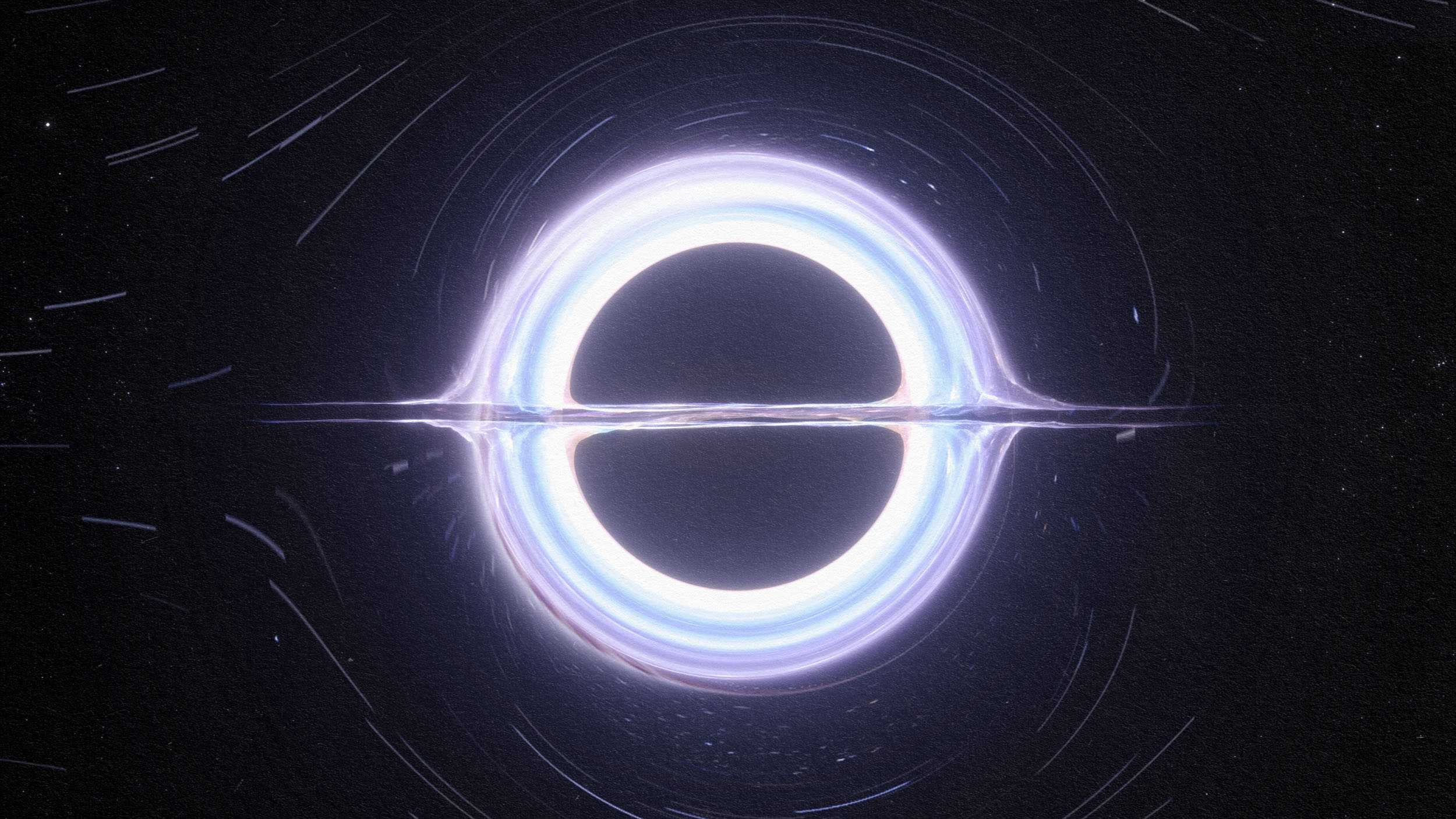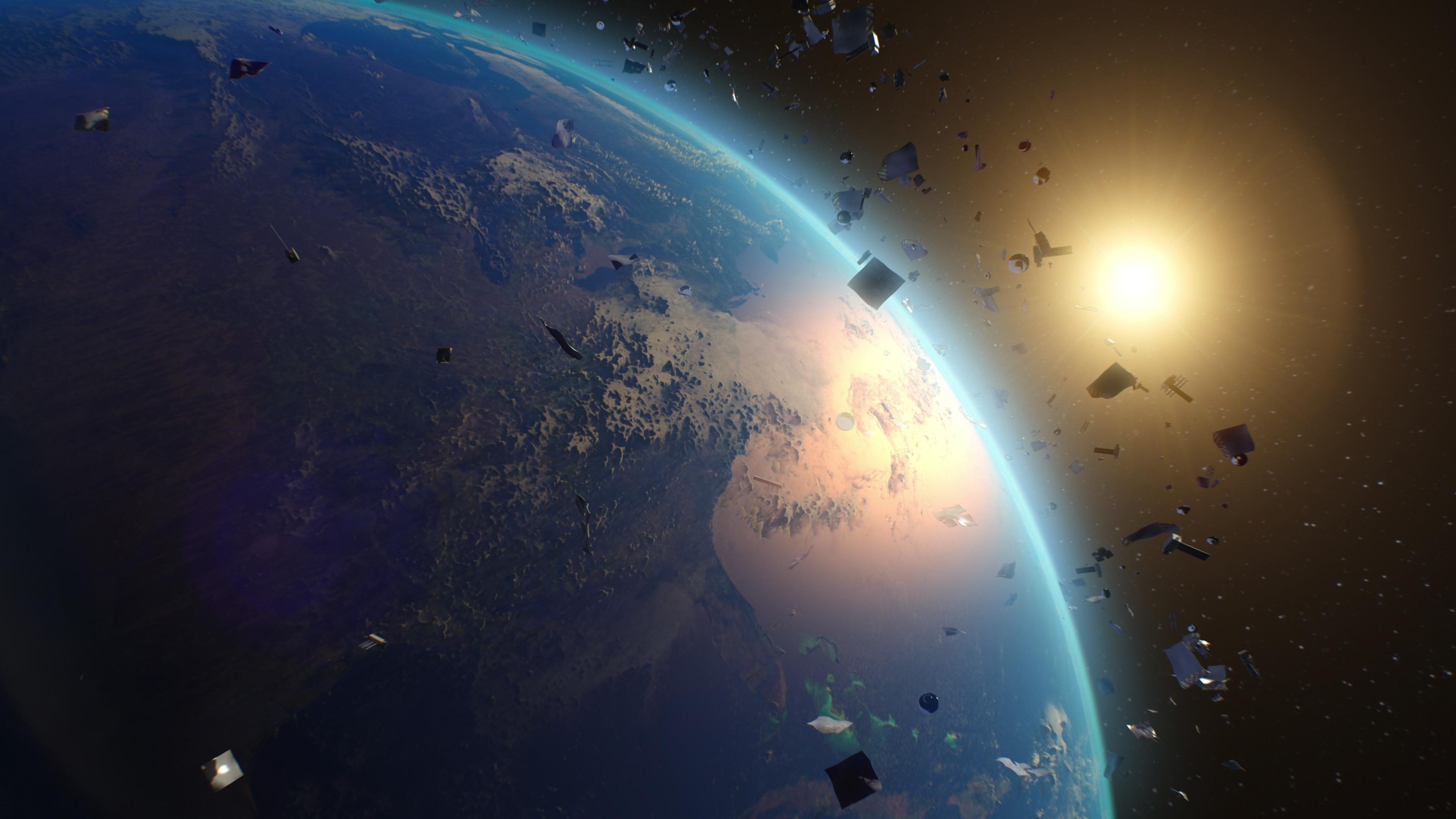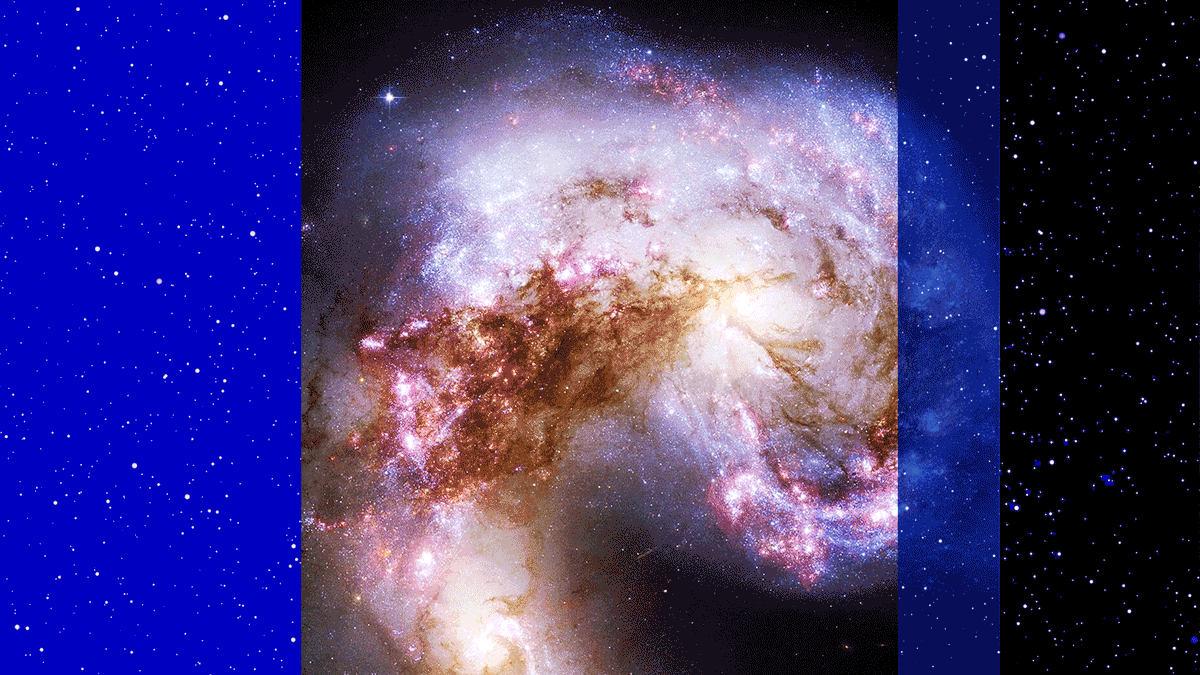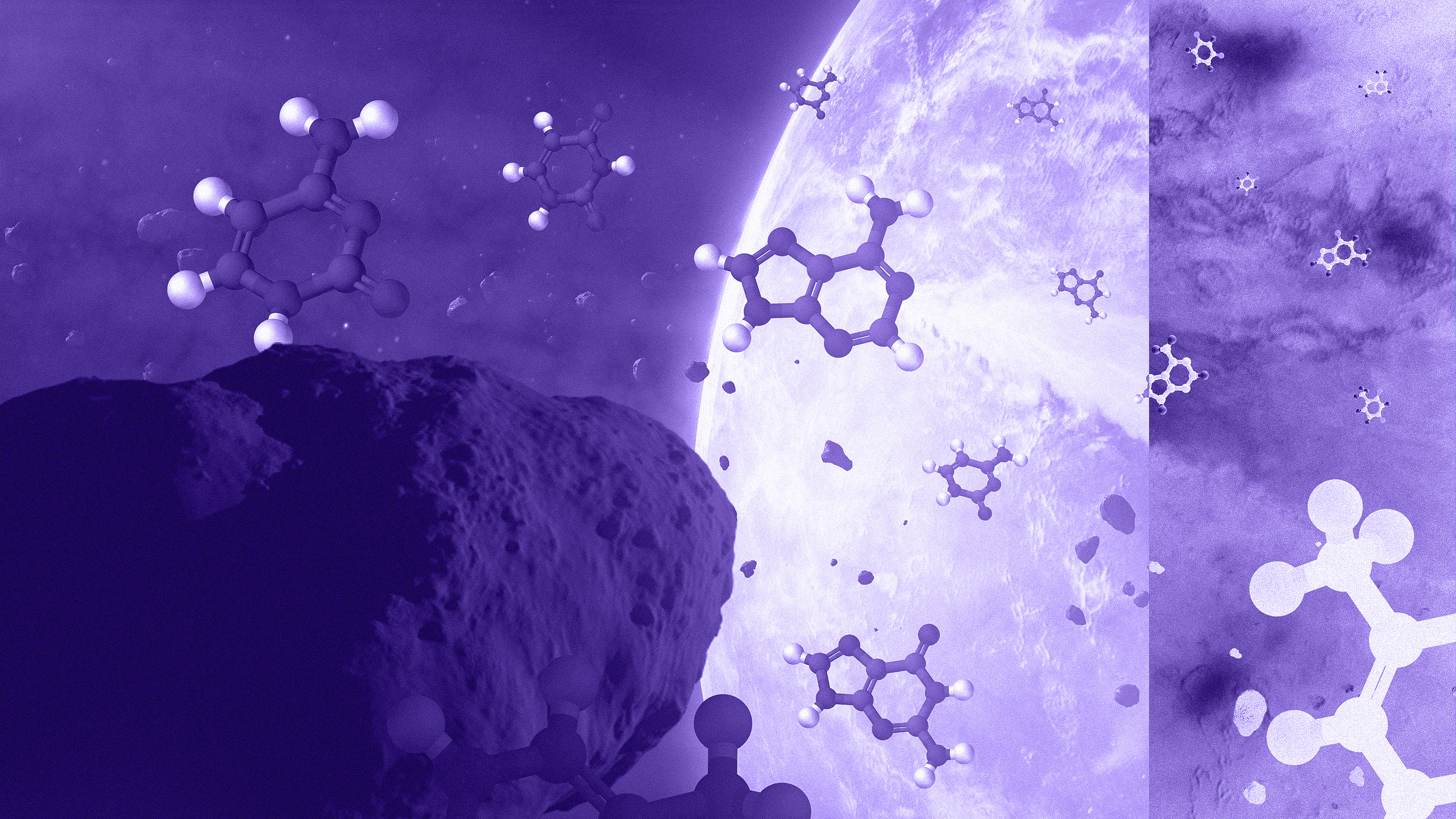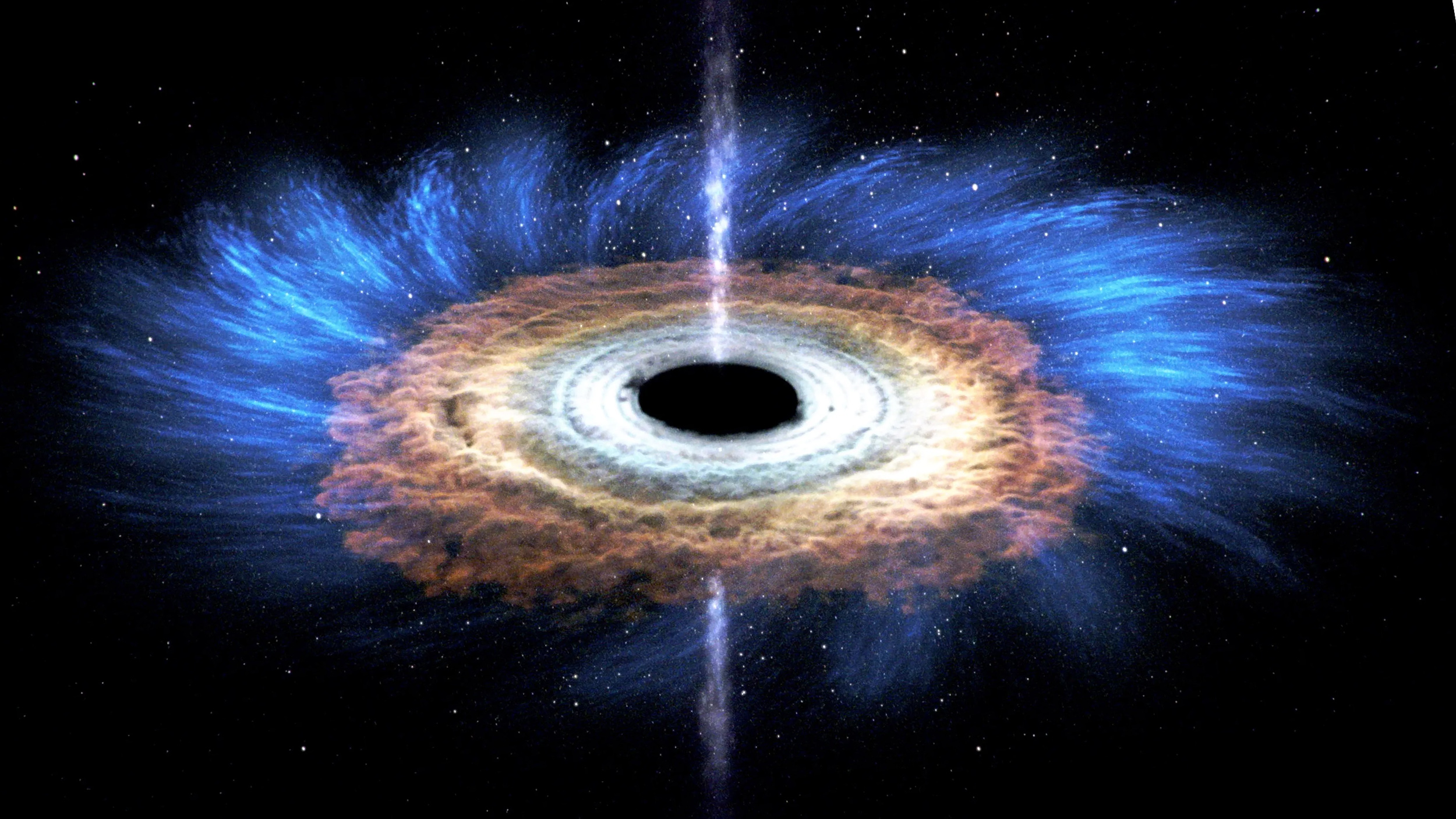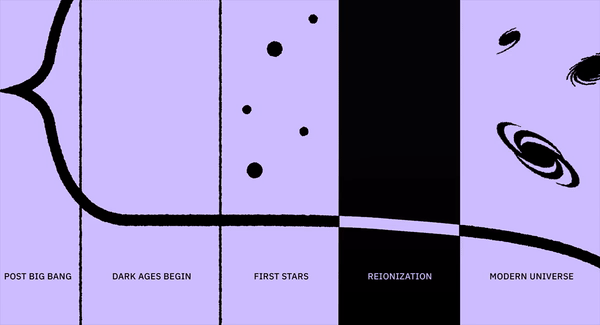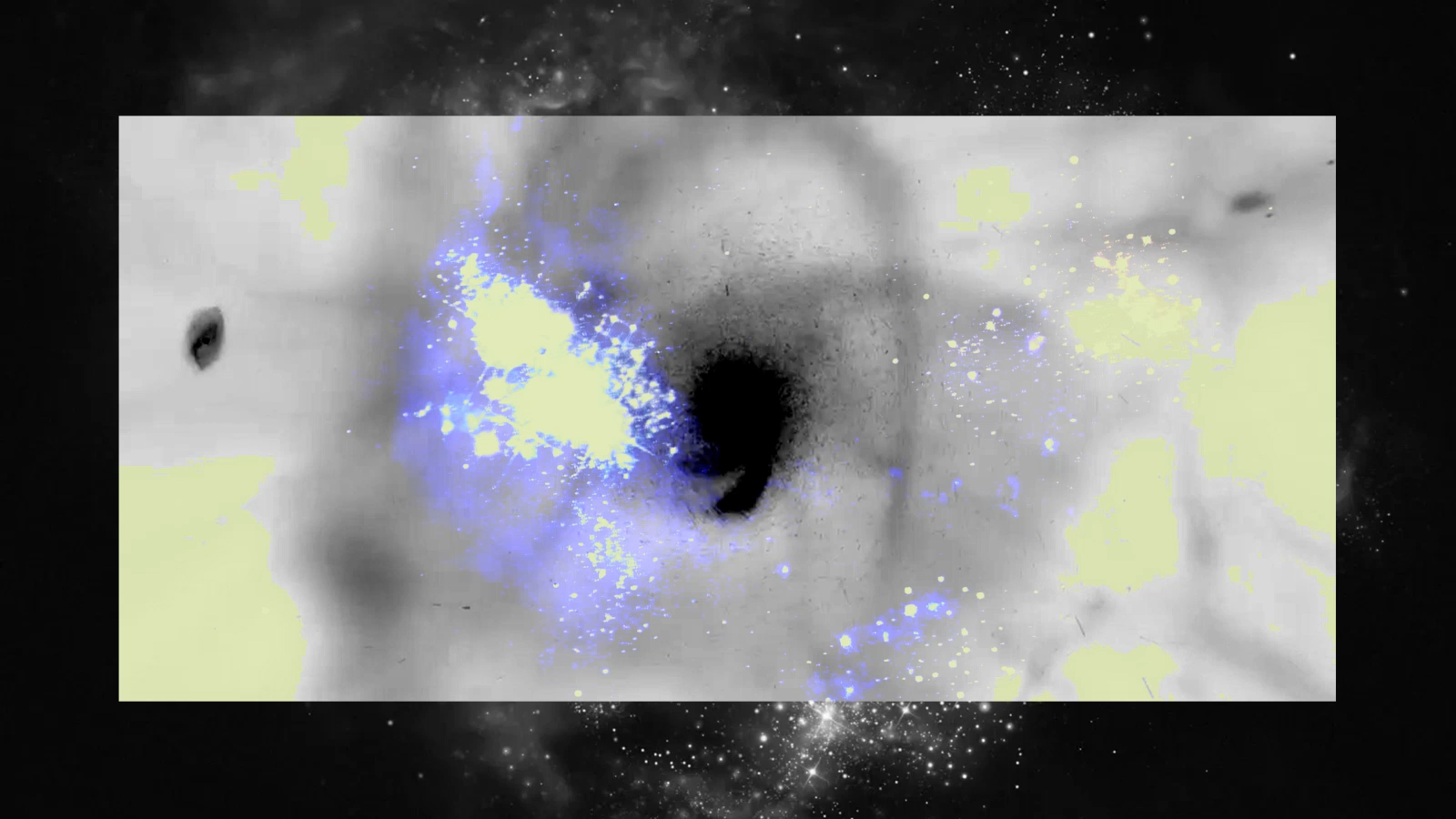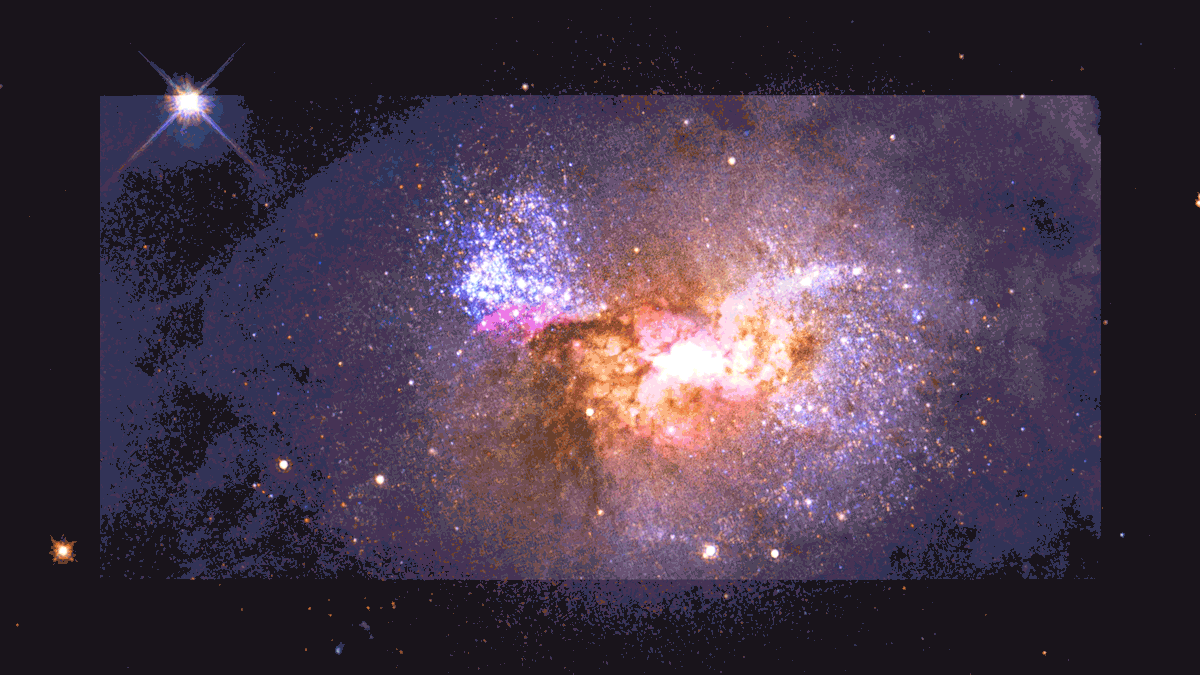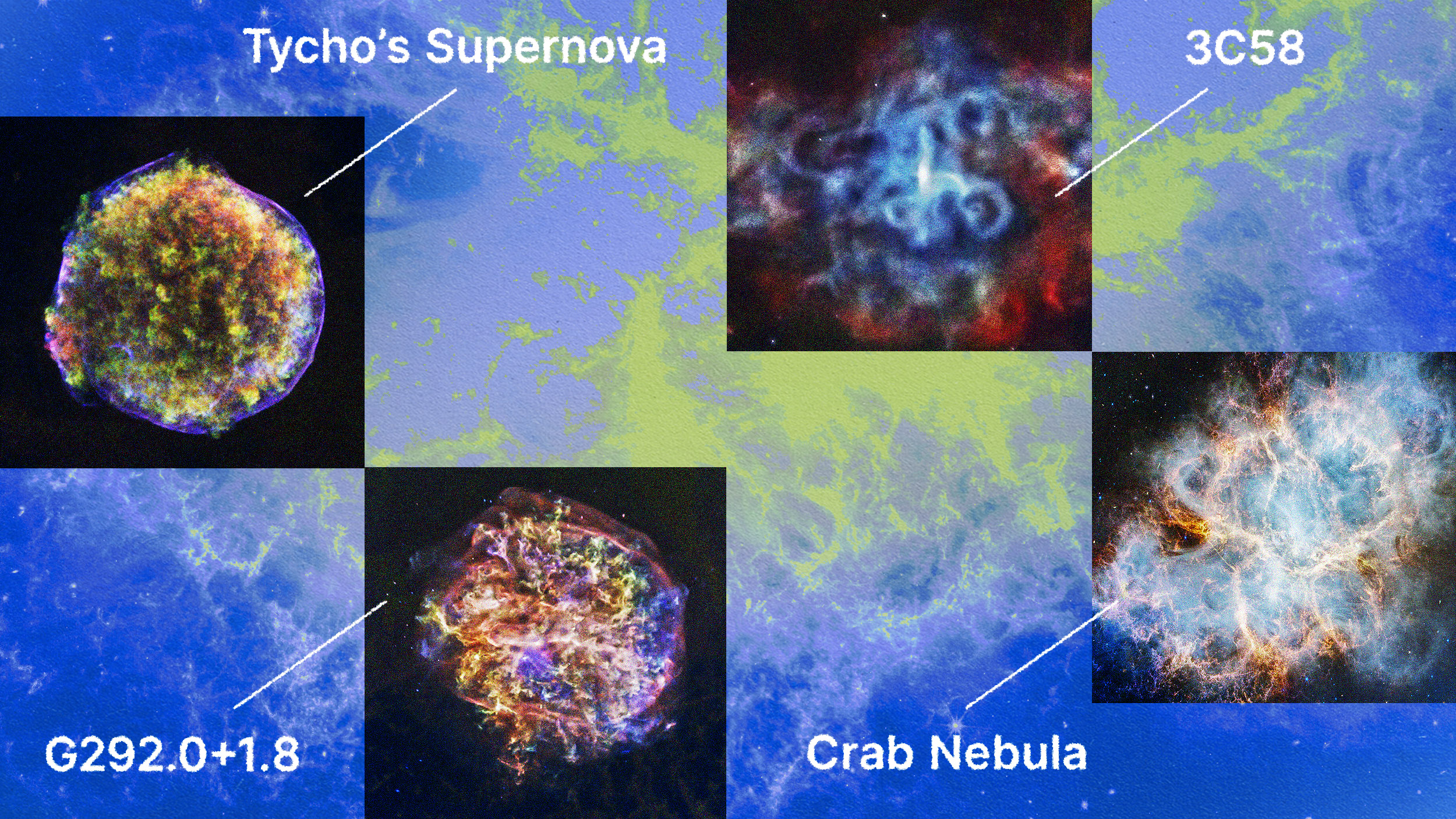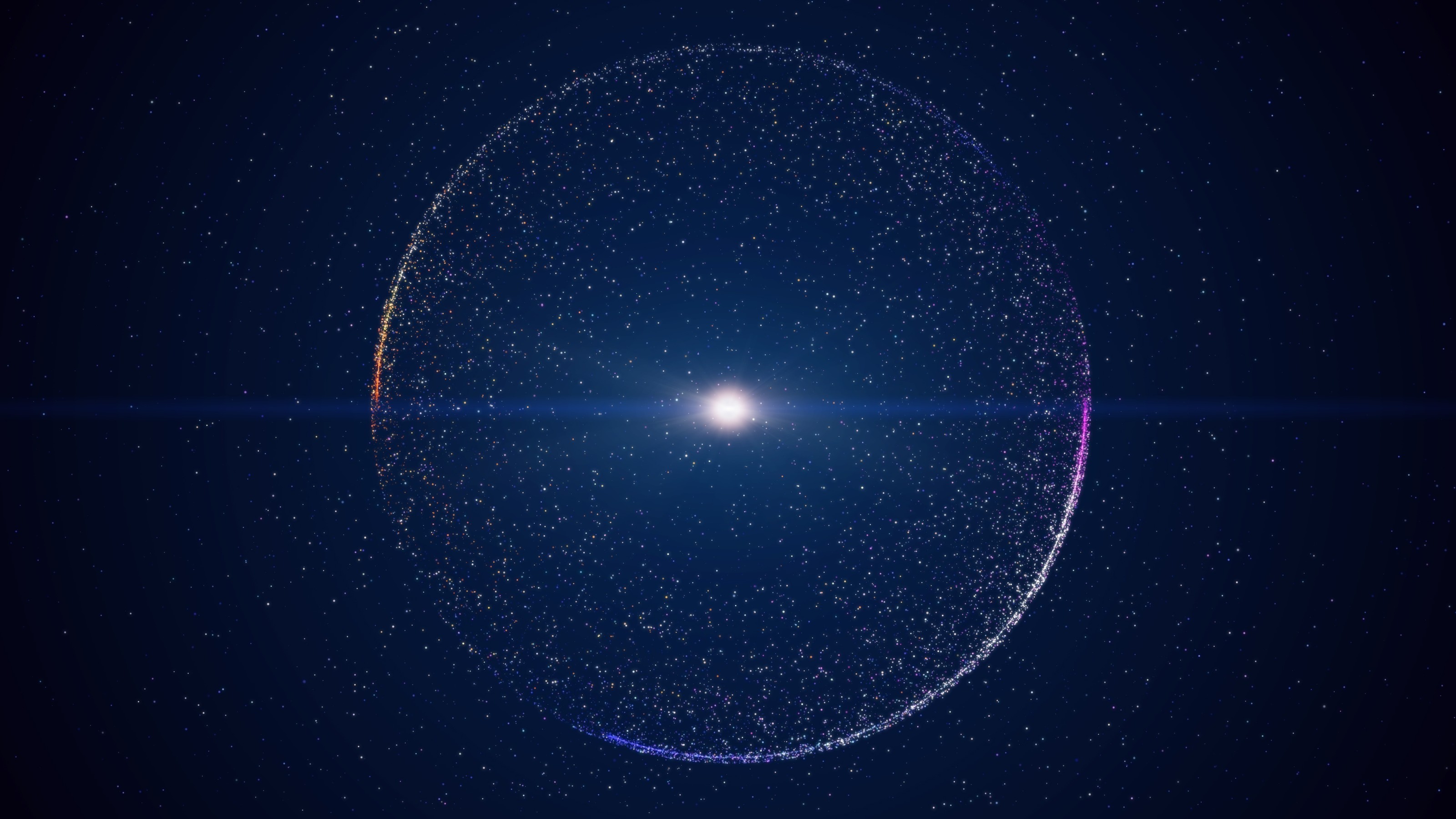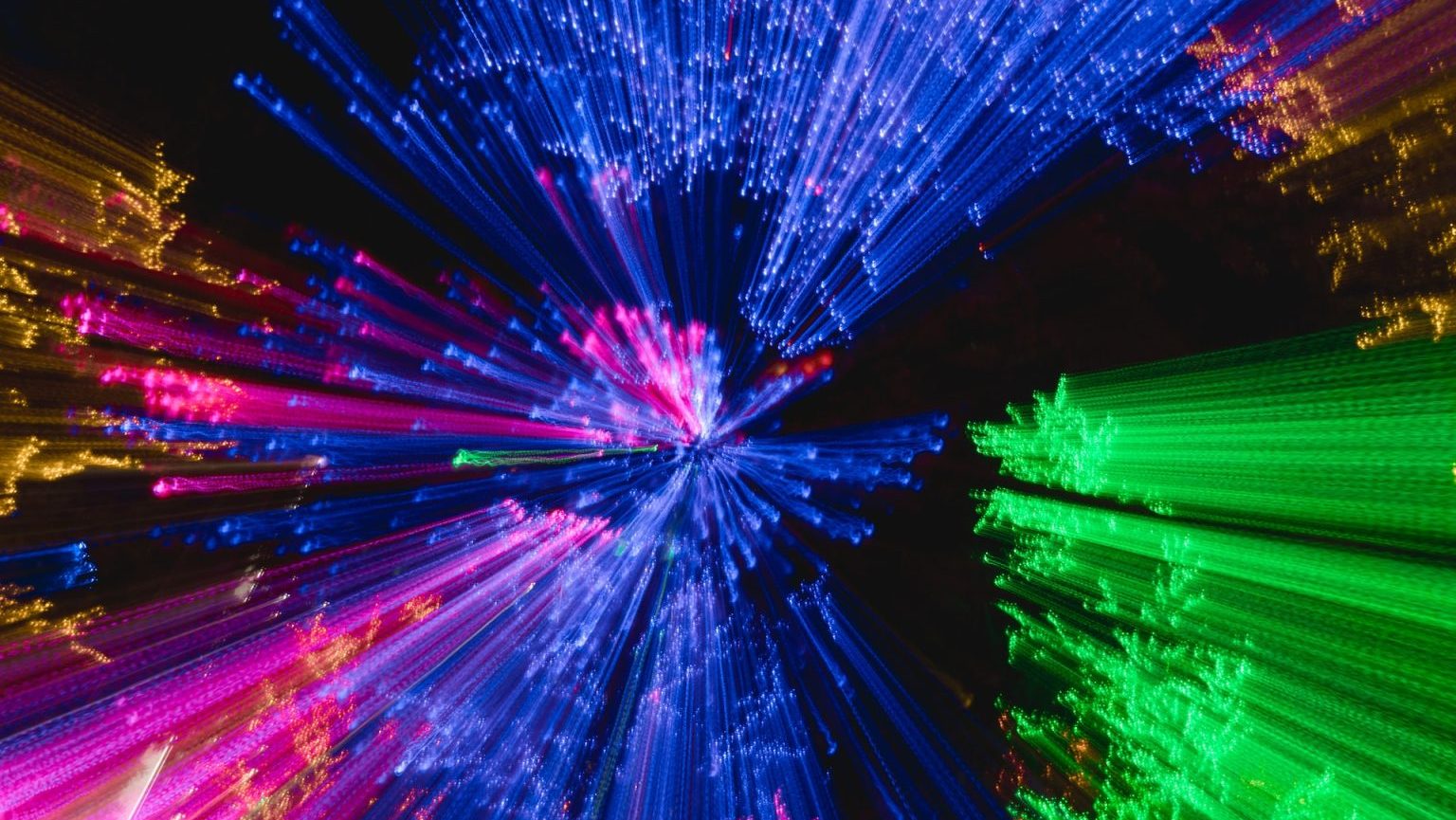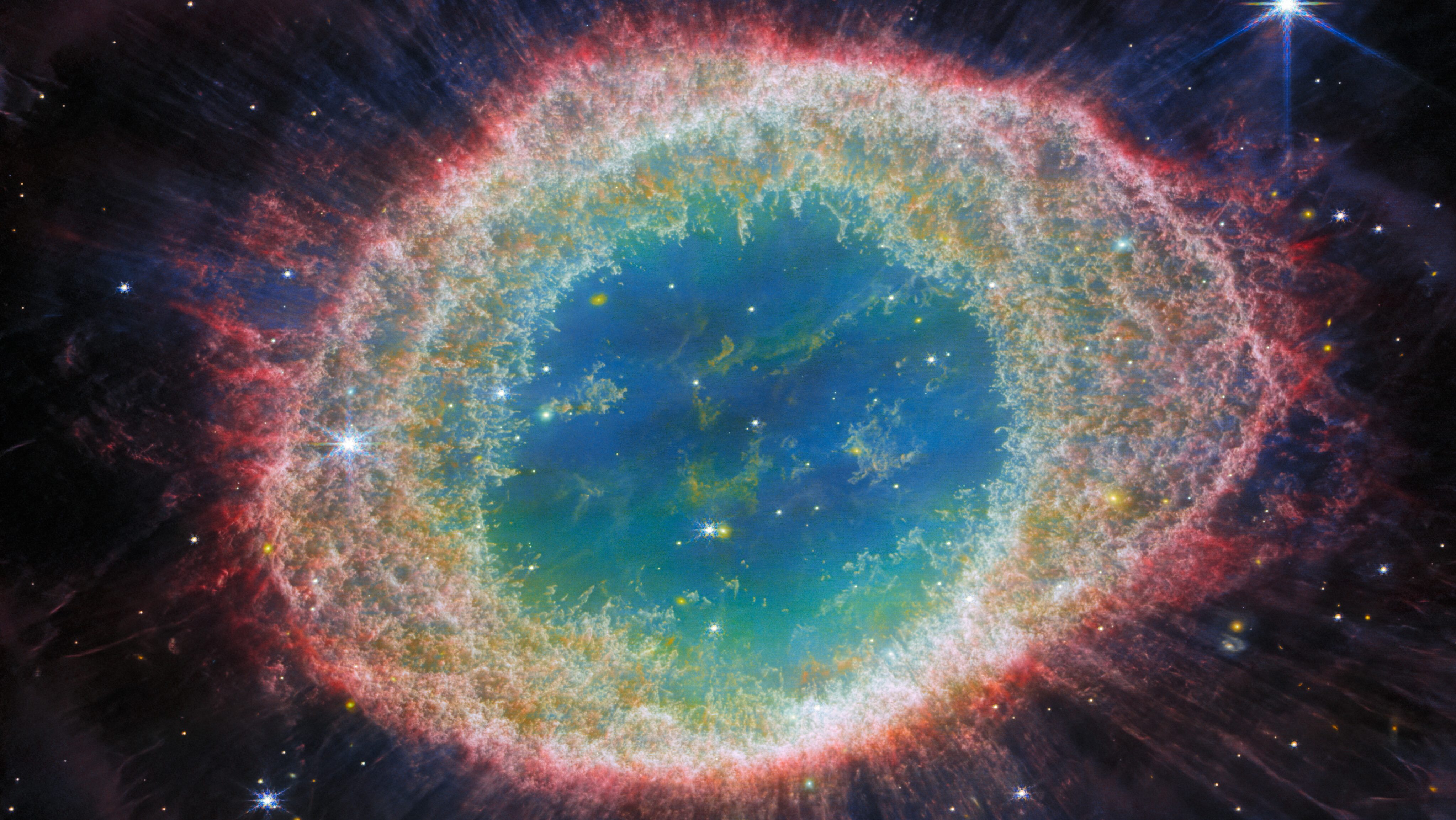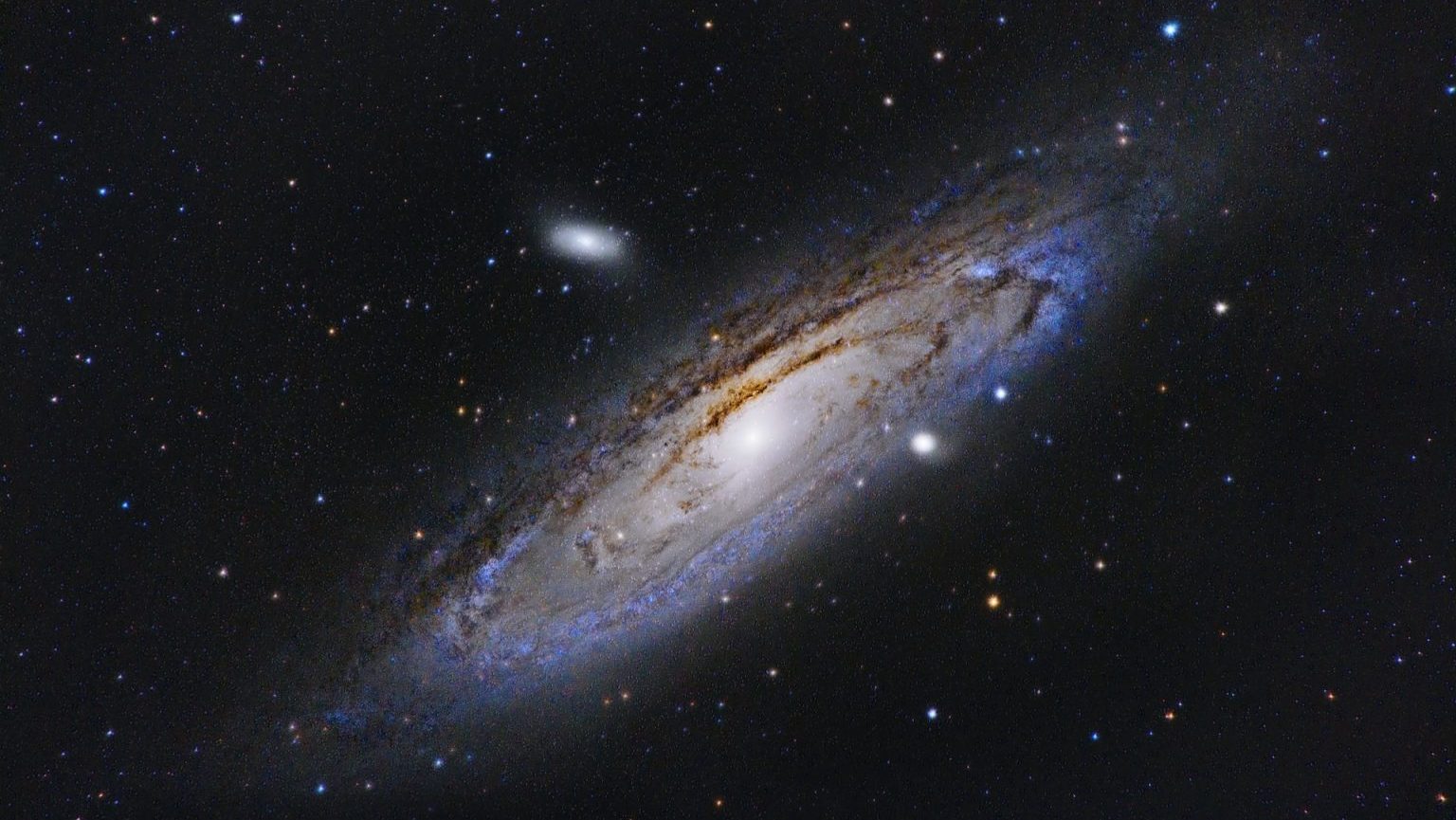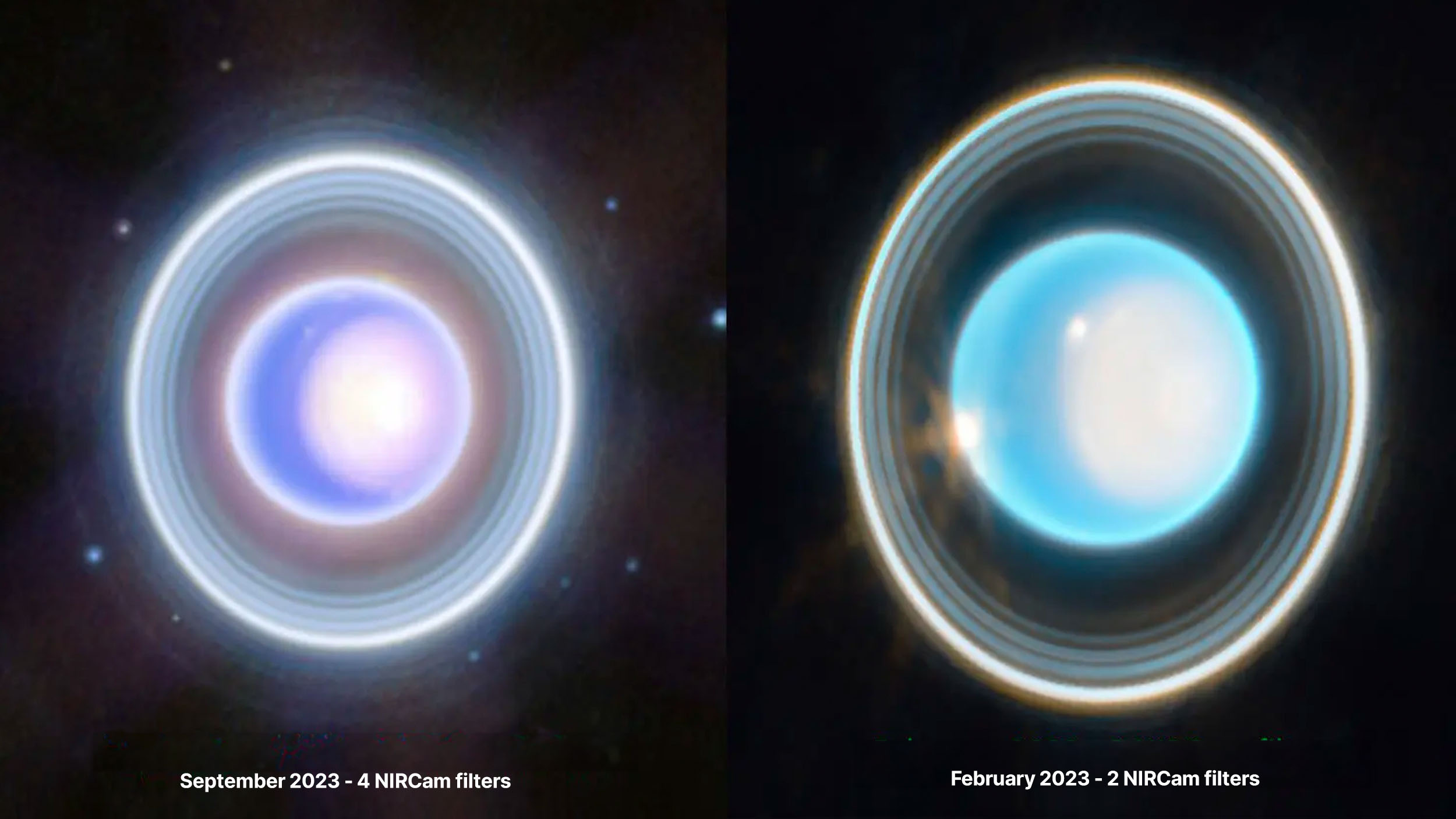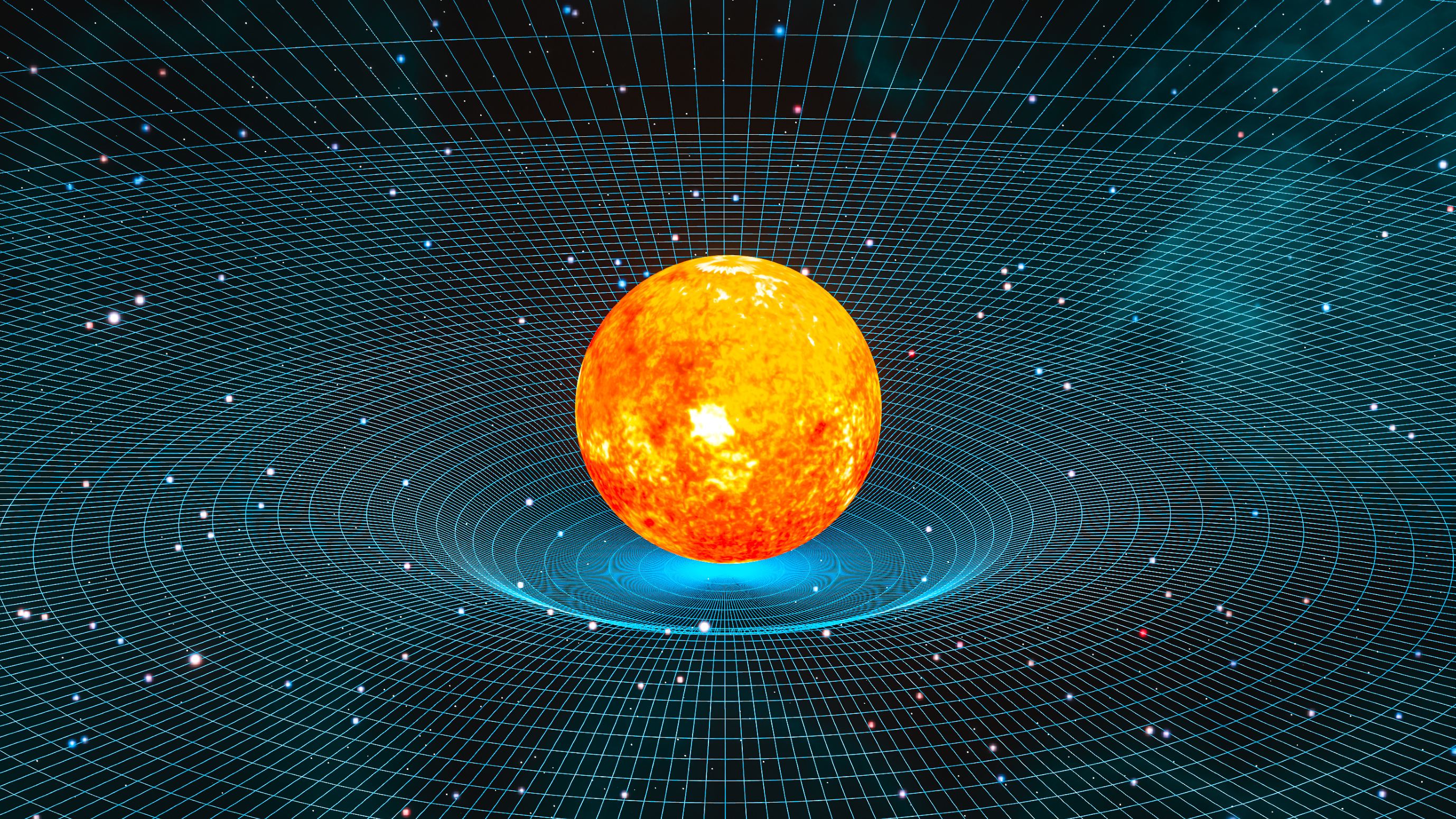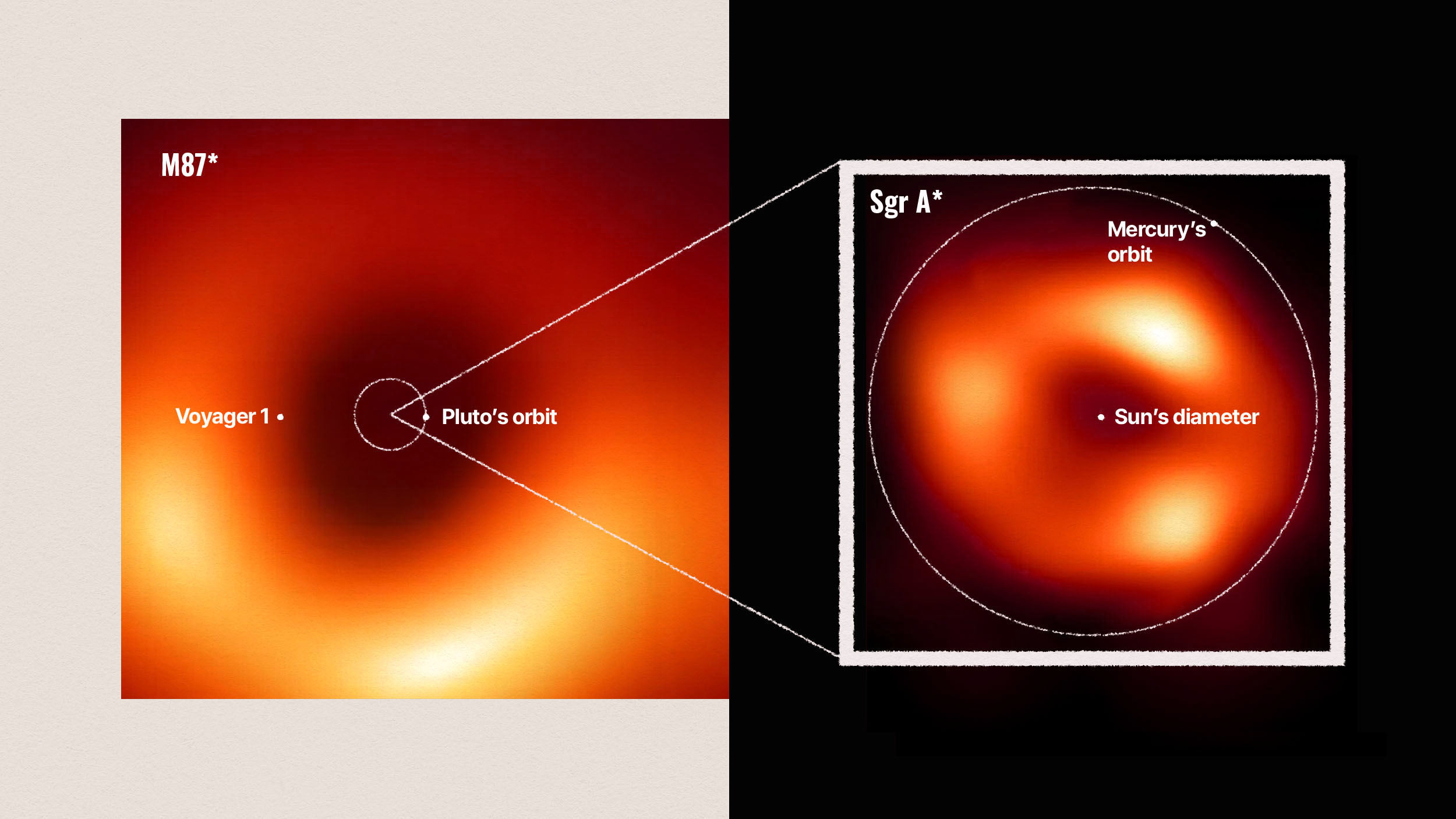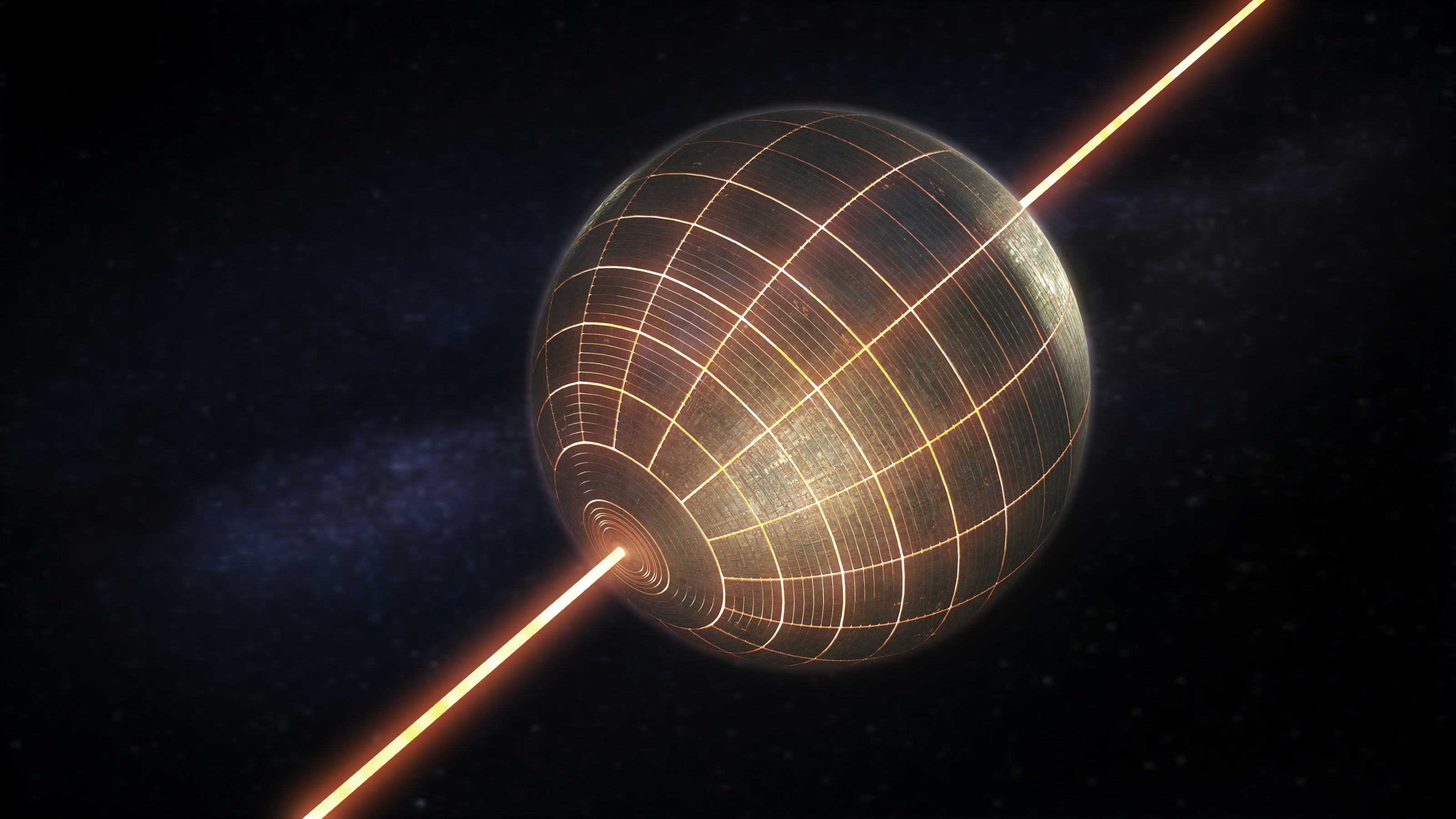Space & Astrophysics
Observations of an enormous cosmic structure, dubbed the “Big Ring,” seem to violate the Copernican principle.
The most celebrated genius in human history didn’t just revolutionize physics, but taught many valuable lessons about living a better life.
Our cosmic home, planet Earth, has been through a lot over the past 4.5 billion years. Here are some of its most spectacular changes
Fire was crucial to the evolution of human technology. That’s why alien species stuck in the “oxygen bottleneck” may be forever primitive.
For every proton, there were over a billion others that annihilated away with an antimatter counterpart. So where did all that energy go?
One newly discovered, ancient star has a composition unlike any other. Explaining its existence is already blowing astronomers’ minds.
Planets can be Earth-like or Neptune-like, but only rarely are in between. This hot, Saturn-like planet hints at a solution to this puzzle.
Finding it at all was a happy accident. Examining it further may help unlock the secrets hiding within the earliest galaxies of all.
A new measurement offers insights on the density of the mysterious force driving the Universe’s expansion.
The record-breaking transmission could revolutionize deep space communication.
The cosmic scales governing the Universe are almost unbelievably large. What if we shrunk the Sun down to be just a grain of sand?
Figuring out the answer involved a prism, a pail of water, and a 50 year effort by the most famous father-son astronomer duo ever.
Here’s why the answer may forever elude scientists.
With the invention of the leap year, the Julian calendar was used worldwide for over 1500 years. Over time, it led only to catastrophe.
Today, the star-formation rate across the Universe is a mere trickle: just 3% of what it was at its peak. Here’s what it was like back then.
Earth wasn’t created until more than 9 billion years after the Big Bang. In some lucky places, life could have arisen almost right away.
As early as we’ve been able to identify them, the youngest galaxies seem to have large supermassive black holes. Here’s how they were made.
For 550 million years, neutral atoms blocked the light made in stars from traveling freely through the Universe. Here’s how it then changed.
Even after the first stars form, those overdense regions gravitationally attract matter and also merge. Here’s how they grow into galaxies.
The first stars in the Universe were made of pristine material: hydrogen and helium alone. Once they die, nothing escapes their pollution.
The first stars took tens or even hundreds of millions of years to form, and then died in the cosmic blink of an eye. Here’s how.
From how life emerged on Earth to why we dream, these unanswered questions continue to perplex scientists.
The Big Bang’s hot glow faded away after only a few million years, leaving the Universe dark until the first stars formed. Oh, the changes!
The first tests of optical communications far from Earth will take place aboard the asteroid-bound Psyche spacecraft
The Universe is an amazing place. Under the incredible, infrared gaze of JWST, it’s coming into focus better than ever before.
Physicists have yet to pinpoint the hypothetical matter that keeps galaxies from flying apart. Now they have a new focus.
As Uranus approaches its solstice, its polar caps, rings, and moons come into their best focus ever under JWST’s watchful eye. See it now!
Thanks to observations of gravitational waves, scientists were able to settle a longstanding debate over the speed of gravity.
Misinformation was extremely popular in 2023, as bad science often made global headlines. Learn the truth behind these 10 dubious stories.
These theoretical megastructures represent one way an advanced civilization might harvest energy from stars.
